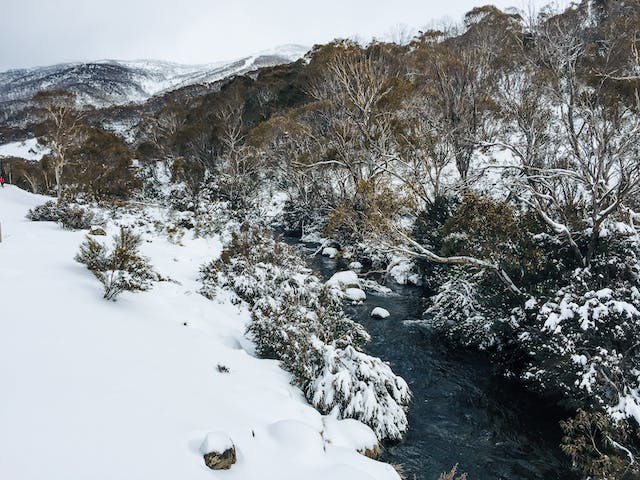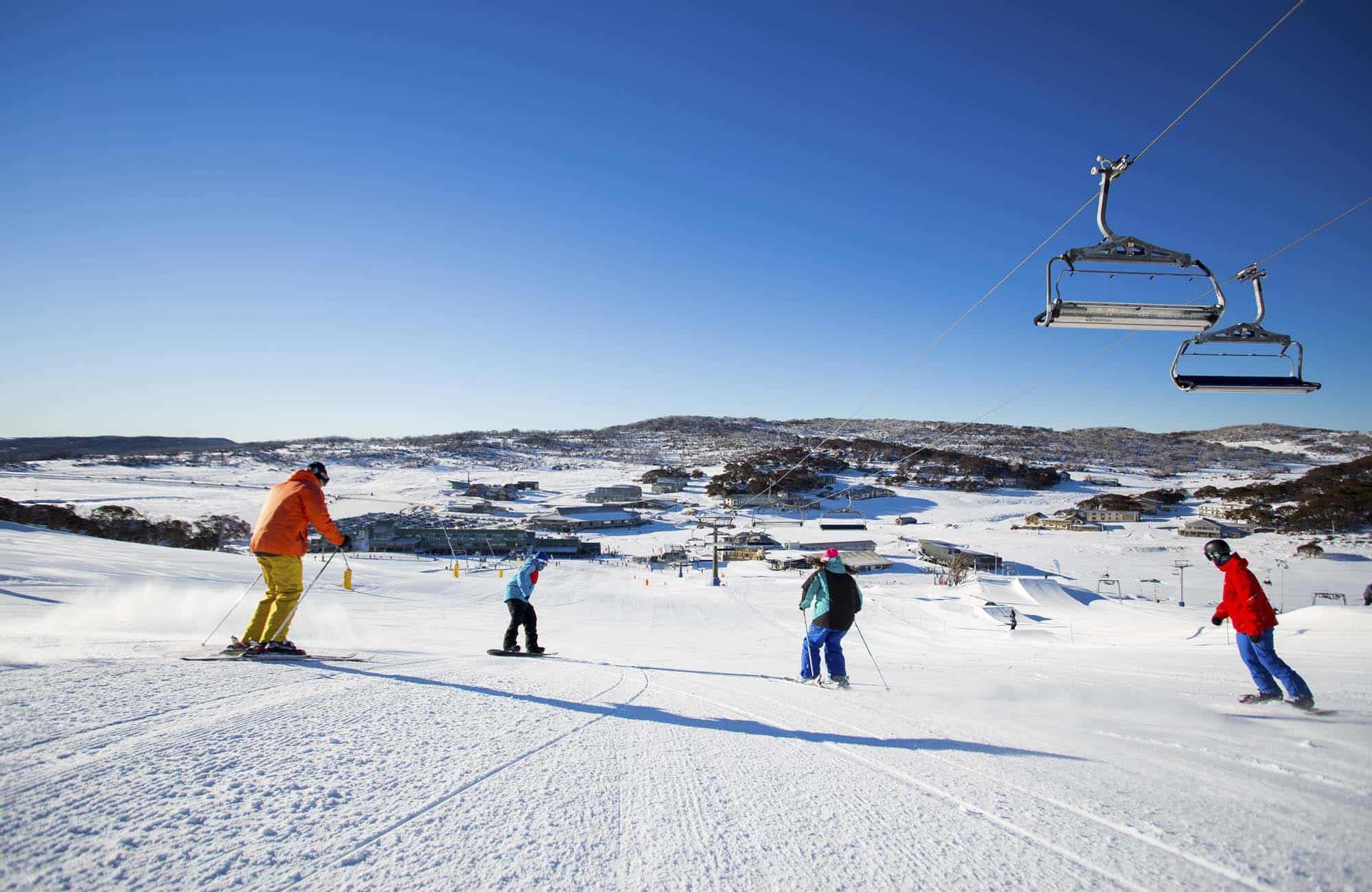Learn About the Best-Known and Snow-Covered Destinations In Australia
Wiki Article
The Numerous Kinds Of Snow in Australia and Their Effect On Wintertime Sports
Australia, recognized for its sun-soaked beaches, is additionally home to a diverse selection of snow conditions that considerably influence winter sports. Each type, from the damp coastal snow to the completely dry interior powder, offers special obstacles and benefits for athletes. An understanding of these variations is crucial for those looking for to navigate the Australian inclines, as each requires different strategies and durability. The adhering to exploration will go over the implications of these snow types on winter months sporting activities efficiency.
Comprehending the Attributes of Various Snow Types
While several presume that snow is an uniform entity, it is vital to understand that there are different types, each with special attributes. In Australia, these variants are especially pronounced as a result of climatic variety. Coastal snow, discovered in areas such as the Snowy Hills, is commonly wetter and denser because of high wetness material, making it excellent for snowball fights or developing snowmen. On the other hand, the snow located in the indoor areas like the Australian Alps is drier and lighter, typically contrasted to a cosy powder. These differences in snow type aren't just visual; they dramatically impact winter sporting activities, determining the simplicity of activity, the rate achievable, and the level of control required from professional athletes.The Influences of Powder Snow on Skiing and Snowboarding
In spite of its light and fluffy appearance, powder snow in the Australian Alps offers both special challenges and possibilities for winter months sporting activities enthusiasts, particularly those participated in winter sports and snowboarding. The loose, completely dry nature of powder snow can originally be tough to navigate for newbies, needing cautious balance and control. For even more knowledgeable specialists, the soft, untracked snow uses an exhilarating experience, allowing for nimble and dynamic motion - Does Australia Get Snow. The smooth and forgiving surface area of powder snow also reduces risk of injury throughout falls, making it a recommended option for severe winter season sporting activities. Yet, it's worth keeping in mind, the differing depth and unpredictable nature of powder can often cause hidden barriers, calling for constant caution.
The Obstacles and Advantages of Jam-packed Snow in Winter Months Sports
Changing emphasis from the loosened, dry powder snow, one more common type of snow in the Australian Alps is jam-packed snow, presenting its very own collection of difficulties and advantages in the realm of winter months sports. This denser, much more solidified kind of snow offers a much faster, slicker surface, benefiting sports like downhill snowboarding and snowboarding, improving rate and precision. Nonetheless, the exact same characteristics likewise existing difficulties. Its tough surface area can be high-risk, boosting the capacity for injuries throughout falls. Controlling and navigating turns rate can be difficult on packed snow, calling for greater ability degrees from athletes. Regardless of these challenges, packed snow stays an important component in several winter season sporting activities, shaping the efficiency and strategies of athletes.The Function of Damp Snow in Australian Wintertimes Gamings
In comparison to the thick, slick surface area of stuffed snow, wet snow plays an entirely different duty in Australian winter months games. Characterised by its high wetness web content, wet snow influences the rate and control of winter months sports participants. Its heavy, sticky nature can be testing for professional athletes, especially in skiing and snowboarding where speed and manoeuvrability are vital. Nonetheless, its pliability makes it excellent for snow sculpting occasions and for strengthening snow structures in sports like snow fort fights. Despite its risks, damp snow presents a special dynamic to wintertime games in Australia, screening professional athletes' adaptability and strength, and acting as a reminder of the diverse climate condition they should be prepared to deal with.
Exactly How Slushy Snow Impacts Winter Season Sports Performance
Proceeding the expedition of varying snow problems in Australia, the influence of slushy snow on winter months sports is an additional intriguing aspect. Slushy snow, resulting from warmer temperature levels or straight sunlight, presents one-of-a-kind difficulties to professional athletes. Hence, slushy snow changes the wintertime sports landscape, requiring not only increased physical effort from professional athletes yet likewise a greater focus on safety precautions.Adjusting Winter Season Sports Techniques to Various Snow Problems

Verdict
In verdict, Australia's diverse snow types substantially influence winter season sports performance. Each type, from the slick coastal snow to the drier indoor powder and the hefty, sticky wet snow, provides unique difficulties and advantages.Changing Does Australia Get Snow focus from the loosened, completely dry powder snow, an additional common kind of snow in the Australian Alps is packed snow, positioning its very own collection of obstacles and benefits in the world of winter sports - Does Australia Get Snow.In comparison to the dense, glossy surface of stuffed snow, damp snow plays an entirely various role in Australian wintertime video games. Its pliability makes it suitable for snow sculpting occasions and for strengthening snow frameworks in sports like snow fort battles.Continuing the exploration of varying snow problems in Australia, the effect of slushy snow on wintertime sporting activities is another appealing element. Each kind, from the slick coastal snow to the drier interior powder and the heavy, sticky damp snow, presents special challenges and benefits
Report this wiki page